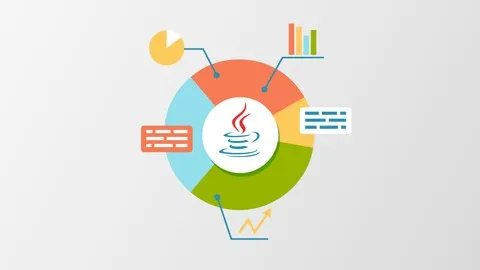
Data Structures in Java for Noobs (Lite Edition) 
This comprehensive guide provides an introduction to data structures in Java, with easy-to-follow instructions and diagrams to help beginners understand the concepts. ▼
ADVERTISEMENT
Course Feature
![]() Cost:
Cost:
Free
![]() Provider:
Provider:
Udemy
![]() Certificate:
Certificate:
No Information
![]() Language:
Language:
English
![]() Start Date:
Start Date:
Self Paced
Course Overview
❗The content presented here is sourced directly from Udemy platform. For comprehensive course details, including enrollment information, simply click on the 'Go to class' link on our website.
Updated in [April 29th, 2023]
Welcome to Data Structures in Java for Noobs (Lite Edition)! In this course, you will learn the fundamentals of data structures and how to create your own. You will also gain an understanding of the time complexities of operations.
Course Overview: This course will provide you with a comprehensive introduction to data structures and their implementation in Java. You will learn how to create your own data structures and how to use them in your programs. You will also gain an understanding of the time complexities of operations.
Possible Development Directions: After completing this course, you will be able to create your own data structures and use them in your programs. You will also be able to analyze the time complexities of operations and optimize your code accordingly.
Related Learning Suggestions: To further your knowledge of data structures, you may want to consider taking courses on algorithms and data structures. Additionally, you may want to explore the use of data structures in other programming languages, such as C++ and Python.
[Applications]
After completing this course, students will be able to apply their knowledge of data structures in Java to create efficient and effective programs. They will be able to understand the time complexities of operations and use them to optimize their code. Additionally, they will be able to use the data structures they have created to solve complex problems. Furthermore, they will be able to use the data structures to store and manipulate data in an efficient manner.
[Career Paths]
1. Java Developer: Java Developers are responsible for developing and maintaining applications using the Java programming language. They are also responsible for writing code, debugging, and testing applications. With the knowledge gained from this course, Java Developers can create efficient data structures and algorithms to optimize the performance of their applications. Additionally, they can use the Time Complexities of Operations to identify and address potential performance issues.
2. Software Engineer: Software Engineers are responsible for designing, developing, and testing software applications. With the knowledge gained from this course, Software Engineers can create efficient data structures and algorithms to optimize the performance of their applications. Additionally, they can use the Time Complexities of Operations to identify and address potential performance issues.
3. Database Administrator: Database Administrators are responsible for managing and maintaining databases. With the knowledge gained from this course, Database Administrators can create efficient data structures and algorithms to optimize the performance of their databases. Additionally, they can use the Time Complexities of Operations to identify and address potential performance issues.
4. Data Scientist: Data Scientists are responsible for analyzing and interpreting data to gain insights and make predictions. With the knowledge gained from this course, Data Scientists can create efficient data structures and algorithms to optimize the performance of their data analysis. Additionally, they can use the Time Complexities of Operations to identify and address potential performance issues.
[Education Paths]
1. Bachelor of Science in Computer Science: This degree path provides students with a comprehensive understanding of computer science fundamentals, including data structures, algorithms, and software engineering. Students will learn how to design, develop, and maintain software systems, as well as how to use data structures to solve complex problems. Additionally, students will gain an understanding of the developing trends in computer science, such as artificial intelligence, machine learning, and cloud computing.
2. Master of Science in Data Science: This degree path provides students with an in-depth understanding of data science principles, including data mining, machine learning, and data visualization. Students will learn how to use data structures to analyze large datasets and develop predictive models. Additionally, students will gain an understanding of the developing trends in data science, such as natural language processing, deep learning, and big data.
3. Bachelor of Science in Information Technology: This degree path provides students with a comprehensive understanding of information technology fundamentals, including data structures, databases, and networking. Students will learn how to design, develop, and maintain IT systems, as well as how to use data structures to store and retrieve data. Additionally, students will gain an understanding of the developing trends in information technology, such as cloud computing, cybersecurity, and mobile computing.
4. Master of Science in Artificial Intelligence: This degree path provides students with an in-depth understanding of artificial intelligence principles, including machine learning, natural language processing, and computer vision. Students will learn how to use data structures to develop intelligent systems and algorithms. Additionally, students will gain an understanding of the developing trends in artificial intelligence, such as deep learning, reinforcement learning, and robotics.
Pros & Cons

Easy to understand teaching method.

Clear explanations for beginners.

Diagrams are helpful.

Lecture style is clear.

Working through problems is beneficial.

Doesn't explain from basics.

Talks too slow.

Could show more examples.

Could be more efficient.

Could be more detailed.
Course Provider

Provider Udemy's Stats at AZClass
Discussion and Reviews
0.0 (Based on 0 reviews)
Explore Similar Online Courses

On-Ramp to AP* Physics C: Mechanics

The Ultimate 2D Game Character Design & Animation Course

RDBMS PostgreSQL
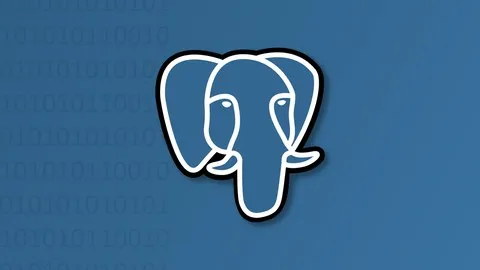
Intro To PostgreSQL Databases With PgAdmin For Beginners
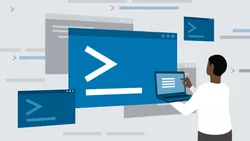
PostgreSQL: Client Applications

Mastering SQL using Postgresql

Database Design and Basic SQL in PostgreSQL
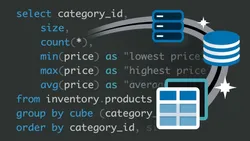
PostgreSQL: Advanced Queries

Spatial SQL with Postgres : A language for geographers

Learn SQL Using PostgreSQL: From Zero to Hero

PostgreSQL Essential Training
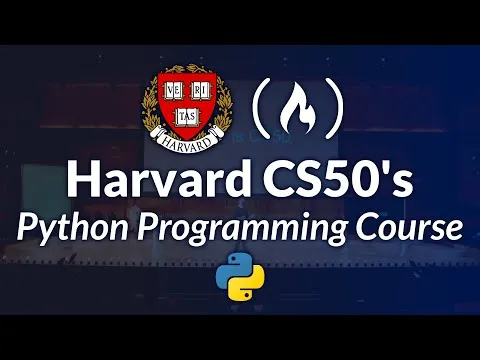
Harvard CS50's Introduction to Programming with Python : Full University Course
 Related Categories
Related Categories
 Popular Providers
Popular Providers
Quiz
 Submitted Sucessfully
Submitted Sucessfully
1. What is the main focus of this course?
2. What is the edition of this course?
3. What language is used in this course?
4. What is the time complexity of a binary search?
Correct Answer: O(log n)


Start your review of Data Structures in Java for Noobs (Lite Edition)